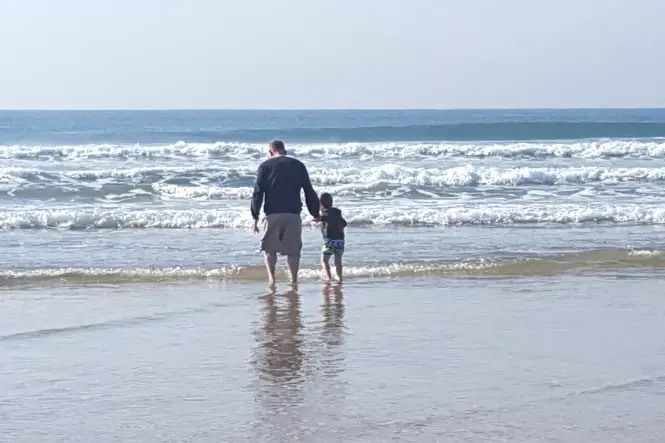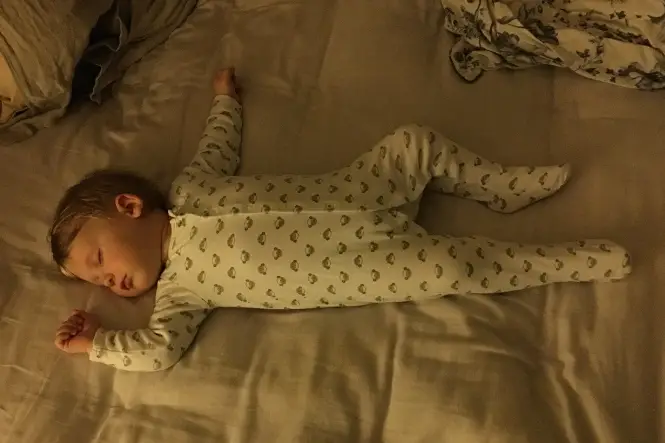Learn the key differences between fostering and adopting children and their legal implications.
The main differences between fostering and adoption involve the extent of parental rights and commitment. While fostering is usually a temporary situation, adoption is permanent. Adoption also means assuming full legal parental rights.
Both fostering and adoption impact the children and authority or parental figures involved. The discussion below goes into detail about the key differences between the two arrangements.
Table of Contents
Length of Commitment
A child that enters the foster care system gets assigned by the state’s social services department to a foster home. The home’s foster parents agree to provide a safe and attentive environment for the child.
However, the length of time a foster child stays in the home can vary. The length of stay will depend on factors such as the child’s age and the situation with their biological parents.
Since foster children typically only stay in the system until they reach legal adulthood, a 16-year-old might stay in a foster home for 2 years. Yet, a five-year-old may spend a full 13 years in the foster care system.
Likewise, a child whose biological parents restore a safe and attentive home environment within a few months may resume full-time care. Other parents may give up their parental rights to their children, letting them be put for adoption before they reach the age of 18.
Adoption, on the other hand, is a permanent commitment. One or two adults agree to assume legal parenthood for the child and all the rights and responsibilities that come with it.
Parental Rights
Fostering does not transfer legal parental rights. The biological parents or legal guardians retain those rights unless they relinquish them. While a child is in foster care, the biological parents or legal guardians still make some decisions about their child’s care.
The scope of this decision-making ability will depend on the state. Some examples include choosing which school the child attends and what medical care they receive.
If you adopt a child, you get all the rights and privileges of a biological parent. You get to make decisions about their care and well-being.
In fact, when an adoption occurs, the state issues a new birth certificate for the child. You are listed as the mother or father as if you were the original biological parent at the time of birth.
Financial Assistance
Foster parents receive a stipend from the state to help cover the costs of caring for a child that’s placed in their home. This financial assistance continues until the child turns 18 and leaves the system or the child is transferred from the foster parents’ home.
Adoptive parents do not receive financial assistance from the state. While some local organizations may provide temporary financial support or assistance, this isn’t guaranteed.
If a foster parent ends up adopting a child in their care, any ongoing stipend from the state stops.
Biological Parents’ Input
Biological parents or legal guardians do not get to help decide where the state places foster children. They don’t have any input into whose home their children go to.
The state’s social services department will usually place foster children with an available foster home that appears to be the best fit. Biological parents also don’t control how many times their children get transferred to or placed in different foster homes.
Essentially, the care and well-being of foster children are up to the state. An assigned social worker works with foster families to assess what’s in the children’s best interests.
But it’s entirely possible for siblings placed in foster care to get assigned to different homes. Biological parents do not have any control over this, and foster parents usually don’t either.
However, when children become adoptable, biological parents and legal guardians who are giving up their rights do have a say in who becomes the adoptive parents. Biological parents have the power to approve or deny an adoption up to the point their rights are terminated.
Requirements
Becoming a foster or an adoptive parent isn’t necessarily something everyone is eligible to do. Part of the application process for becoming a foster or adoptive parent includes a background check. You’ll also need to be willing to go through legal proceedings for adoption.
Plus, you will need to pay adoption fees and prove that you can financially and emotionally care for the child. But in most cases, you won’t have to take parenting classes or caregiver training sessions.
When you apply to foster, you have to enroll in and complete parenting and caregiver training that the government mandates.
Visitation Rights and Contact
When kids are in foster care, their biological parents or legal guardians may have visitation rights. They’ll be able to have contact and see their children according to court-appointed schedules. Foster parents aren’t able to prevent or have control over these visits.
Courts and social workers typically coordinate contact between foster kids and their biological parents. Visits are usually recurring and can happen bi-weekly, every weekend, or less often. The duration of visitations is also court-mandated and implemented via social services.
With an adoption, contact between the children and their biological parents may or may not happen. Some adoptions are closed where the biological parents express their wish not to have further contact with the child or become known as the birth parents.
Other adoptions are open. If the parent gives the child up for adoption as an infant, they may leave the possibility of reuniting or getting to know their offspring down the road.
Children who are adopted when they’re older may continue to have contact with their biological parents under open agreements.
Conclusion
The decision to foster versus adopt a child carries different levels of legal responsibilities. While both involve caring for a young person’s well-being, adoption is a permanent commitment to raise a child.
For all intents and purposes, adoptive parents assume the parental rights of their adoptive children as if they were the birth parents. Although a foster arrangement can turn into adoption, it is usually temporary and does not involve assuming legal parenthood.
Foster Care in the United States






